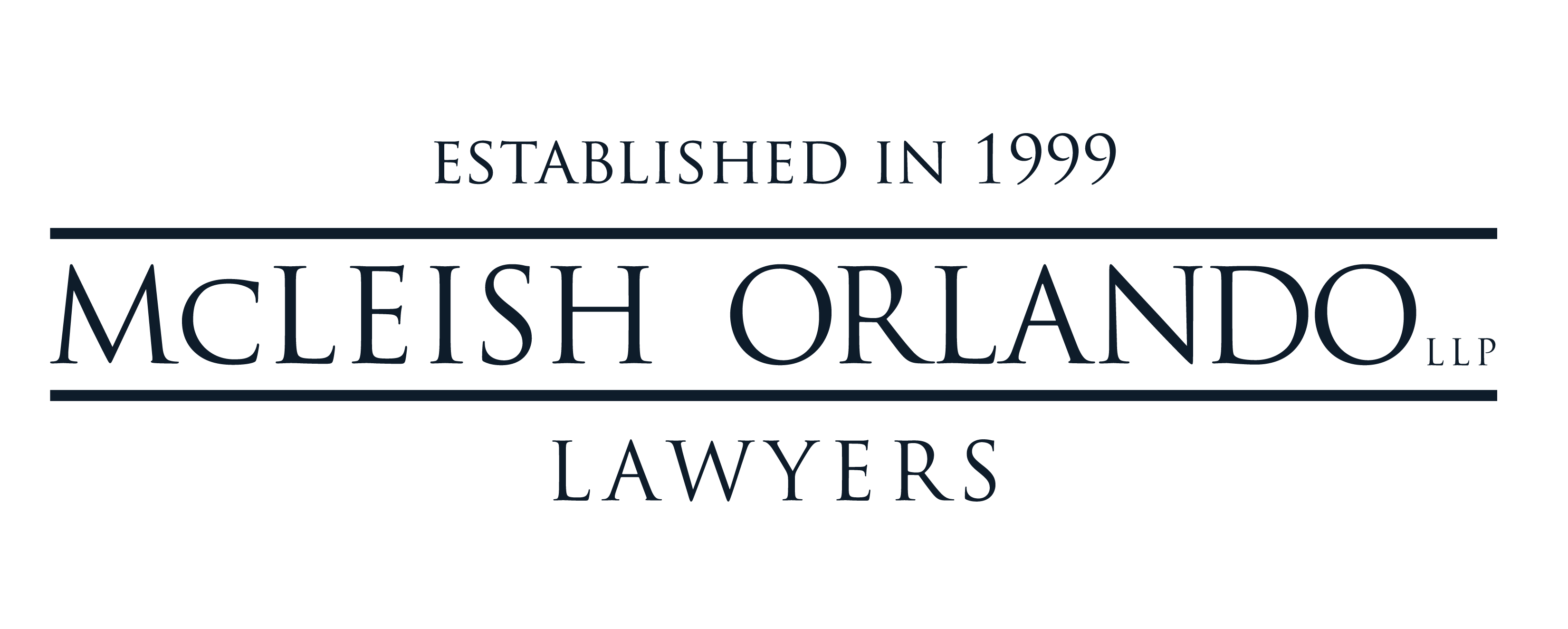Written By: Savannah Snyder, Associate, and Emma Funston-Clarke, Articling Student
5 Minute Read
Bullying and injuries at school are serious issues that can have long-term effects on a child’s physical and emotional well-being. While schools are expected to provide a safe learning environment, there are times when bullying incidents turn into a legal matter. When bullying results in physical or emotional harm, it may give rise to school liability and possible legal action. Understanding when these incidents become a legal matter is important for parents and families who want to protect their children and ensure accountability.
Understanding Bullying and School Responsibility
Bullying, as between students on school property, is defined under Ontario’s Education Act, as aggressive and typically repeated behaviour intended to cause harm, fear, or distress to another person or creates a negative environment at school for another. It can take many forms, including:
- Physical bullying includes actions like hitting, pushing, or tripping.
- Verbal bullying involves name-calling, teasing, or threats, often through social media.
- Social bullying occurs through exclusion, gossip, or manipulation within peer groups.
- Cyberbullying uses technology to spread hurtful messages, embarrassing content, or public insults.
These actions can cause both visible and invisible harm. Even when no physical contact occurs, ongoing harassment can result in anxiety, depression, or post-traumatic stress.
What Constitutes a “School Injury”?
In the context of bullying, a school injury refers to any physical or emotional harm a student suffers that occurs on school property or during school-related activities. This can include:
- Physical injuries such as bruises, fractures, or concussions
- Emotional injuries such as anxiety, trauma, or loss of self-esteem
Both types of harm can significantly affect a child’s development and learning ability. When bullying leads to an injury and the school fails to take reasonable action, parents may have grounds to pursue a student injury claim.
Duty of Care
Schools have a legal duty of care to take reasonable steps to protect students from foreseeable harm. This includes:
- Providing adequate supervision during class, recess, and extracurricular activities.
- Maintaining safe facilities.
- Responding promptly to reports of bullying or unsafe behaviour.
Staff must act promptly and appropriately when safety concerns arise. Failing to do so may breach the school’s duty of care and expose it to liability if a student is injured.
The Ontario Accepting Schools Act strengthens this duty by requiring publicly funded schools to approach bullying prevention proactively. Schools must promote inclusion, implement anti-bullying policies, and ensure that staff receive appropriate training.
When teachers or administrators fail to act on known issues or ignore warning signs of distress, they may breach their duty of care. This failure can result in school negligence, exposing the institution to legal liability if a student is injured.
When Bullying and Injuries at School Lead to Legal Action
Bullying and injuries at school may become legal issues when the school’s negligence or inaction contributes to a student’s harm. Negligence arises when a school fails to take reasonable steps to protect students from foreseeable harm, including bullying. Examples of potential negligence include:
- Lack of Supervision: Injuries occurring when staff fail to adequately monitor students.
- Failure to Act: When staff are aware of bullying or unsafe conditions but do not intervene or follow proper reporting procedures.
- Policy or Training Deficiencies: When a school’s anti-bullying policies are inadequate or staff are not trained to respond.
Physical and emotional or psychological injuries can give rise to a legal claim. If a child’s mental health deteriorates due to ongoing bullying and the school fails to intervene, parents may have a basis for pursuing compensation.
Steps Parents Can Take After an Incident
Parents play an essential role in ensuring their child’s safety and documenting what happened. The following steps can help build a strong foundation for legal action:
- Contact the School Immediately
- Contact the principal or the staff member responsible for student safety. Provide a clear description of what occurred.
- Document Everything
- Record all incidents, including dates, times, locations, and individuals involved. Save physical or digital evidence, such as photos of injuries or screenshots of messages.
- Submit an Official Report
- If the school has an incident report form, complete it to ensure a formal record.
- Request a Meeting
- Meet with the principal or counsellor to discuss the issue. Bring supporting documents and ask for a clear plan of action.
- Follow Up and Keep Records
- After reporting the bullying, follow up with the school regularly to ensure they are taking action. Keep a record of all communications with the school (emails, letters, phone calls). Maintain a timeline of events and any responses from the school. This can be crucial if further action, including legal steps, is needed later.
These steps help ensure the school takes appropriate action and protects the child’s safety in the future.
Legal Rights for Parents: How a Personal Injury Lawyer Can Help
A personal injury lawyer can guide families through the legal process and ensure their rights are protected. Lawyers can assist by:
- Assessing liability: reviewing the school’s actions, supervision levels, and response to bullying reports.
- Gathering evidence: collecting witness statements, school records, and security footage to establish negligence.
- Navigating insurance: publicly funded schools typically carry liability insurance that may cover compensation for victims of bullying injuries.
- Advocating for families: negotiating fair settlements or representing families in court when necessary.
If your family is dealing with bullying and injuries at school, know that you do not have to face this alone. Schools have a legal and ethical responsibility to protect students from harm. When they fail to do so, families have the right to seek justice and accountability.
Schedule a free consultation to learn more about your legal rights and options. Our team is here to help your child recover and confidently move forward.




